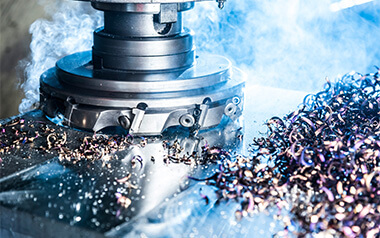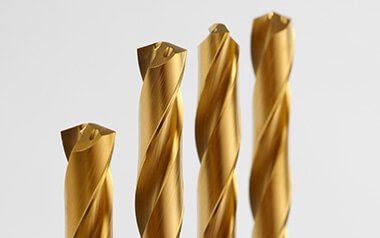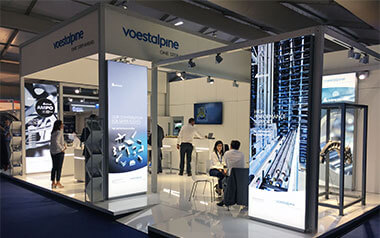Search
-
Aciers de construction
- Aciers pour roulement
- Aciers de cémentation
- Aciers aptes au traitement thermique et aciers à durcissement par précipitation
-
POUDRE POUR LA FABRICATION ADDITIVE
- Co-based alloys (FR)
- Alliages à base de fer
- Alliages à base de nickel
- Ti-based alloys (FR)
-
Aciers résistant à la corrosion et non-magnétique
- Aciers austénitiques
- Aciers ferritiques et martensitiques, y compris aciers à durcissement par précipitation
- Aciers inoxydables duplex et super duplex
- AM poudre
- Barre ronde
- Découpes du bloc
- Méplat
- Tôle
- Usinage 6 faces
Veuillez choisir une forme de proiduit
-
Aéronautique
- Turbines et pièces de moteurs (aéronautique)
- Eléments de structure (Aéronautique)
- Autres composants aéronautiques
-
Automobile
- Compétition automobile
- Composants de systèmes d'injection
- Autres composants automobiles (turbocompresseurs, segments de piston, capteurs, etc)
-
Moule plastique
- Extrusion des plastiques
- Moulage par injection
- Vis et cylindres
- Canaux chauds
- Composants pour l'industrie agro-alimentaire
- Portes-outils (fraisage, forage, tournage…)
- Toutes les applications
-
Énergie
- Aubes et arbres de turbine et compresseurs
- Composants pour compresseurs industriels
- Autres composants de production d'énergie électrique
- Soupape vapeur
- Eléments de fixation, vis et écrous







